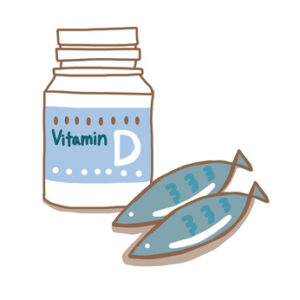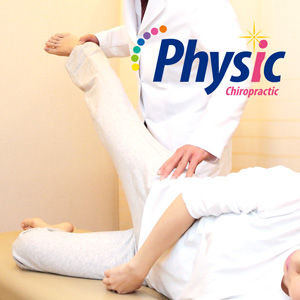7 Research-Based Risks and How to Address Them
Expecting your second or third child is a joyful and meaningful experience. However, repeated pregnancies and continuous breastfeeding can lead to accumulated physical strain and hidden nutritional deficiencies.
Recent research shows that many of these effects become more pronounced with each subsequent pregnancy. This guide introduces seven key risks identified in the latest studies and offers practical strategies to help you maintain your health and support your growing family.

① Iron Deficiency and Fatigue
Iron is essential for fetal development and maintaining the mother’s blood supply. Research published in Nutrients (2021) found that women with multiple pregnancies are at higher risk of iron-deficiency anemia in late pregnancy. Symptoms may include fatigue, dizziness, and shortness of breath, and severe cases can increase the risk of preterm labor or low birth weight. Monitoring your iron levels and supplementing when needed is crucial.
② Calcium & Vitamin D for Bone Health
Pregnancy and breastfeeding deplete calcium from the mother’s bones. While a 2020 meta-analysis (Osteoporosis International) did not find a direct link between multiple pregnancies and reduced bone density, it confirmed the importance of adequate calcium and vitamin D intake. These nutrients not only support your skeletal system but also promote healthy fetal bone development.

③ Folate and Fetal Neural Development
Folate is vital for preventing neural tube defects, especially in early pregnancy. However, moms busy caring for their first child may not get enough folate before conceiving again—particularly with unplanned pregnancies. Make sure to prioritize folate-rich foods or supplements when trying to conceive again.
④ Pelvic Floor Damage and Incontinence
Multiple deliveries can strain the pelvic floor muscles, increasing the risk of urinary incontinence or organ prolapse. A 2022 study in the International Urogynecology Journal linked higher birth counts to pelvic floor dysfunction. Postpartum pelvic rehabilitation and pregnancy-safe core exercises can reduce long-term issues.

⑤ Increased Mental Health Challenges
Juggling multiple children, household responsibilities, and sleep deprivation often leads to emotional exhaustion. Without proper support, this can increase the risk of postpartum depression. Building a reliable support network and finding time to care for yourself are key to preserving your emotional health.
⑥ Elevated Risk of Pregnancy Complications
A 2023 meta-analysis (Al-Sahan et al.) found that women with five or more births have higher risks of complications such as placenta previa, placenta accreta, and even uterine rupture. Staying in close contact with healthcare providers ensures early detection and safer delivery options.

⑦ Circulatory Issues: Varicose Veins and Hemorrhoids
Hormonal changes and increased abdominal pressure can slow circulation in the lower body. This may lead to varicose veins and hemorrhoids—conditions that often worsen with each subsequent pregnancy. Gentle movement, hydration, and proper posture can help minimize symptoms.

Conclusion
Each pregnancy is unique, but the risks associated with subsequent pregnancies are well-documented. By understanding these challenges—nutrient deficiencies, pelvic changes, emotional stress—you can take informed steps to care for yourself and your baby.
With professional guidance and intentional self-care, you can support a smoother, healthier journey for both mother and child. Our maternity care services are here to walk beside you every step of the way.
Your Complete Guide to “Maternity Hands Care” – A Prenatal Therapy in Tokyo
-
- Birth Preparation & Postpartum Recovery
– Natural labor support, postpartum pelvic & joint care
- Birth Preparation & Postpartum Recovery
27. How Does Prenatal Care Improve Birth Outcomes?
28. Pregnancy Feels Tougher the Second Time Around?
29. A Health Guide for Moms Expecting Their Second or Third Child
30. Ease Postpartum Challenges With Prenatal Pelvic Care








